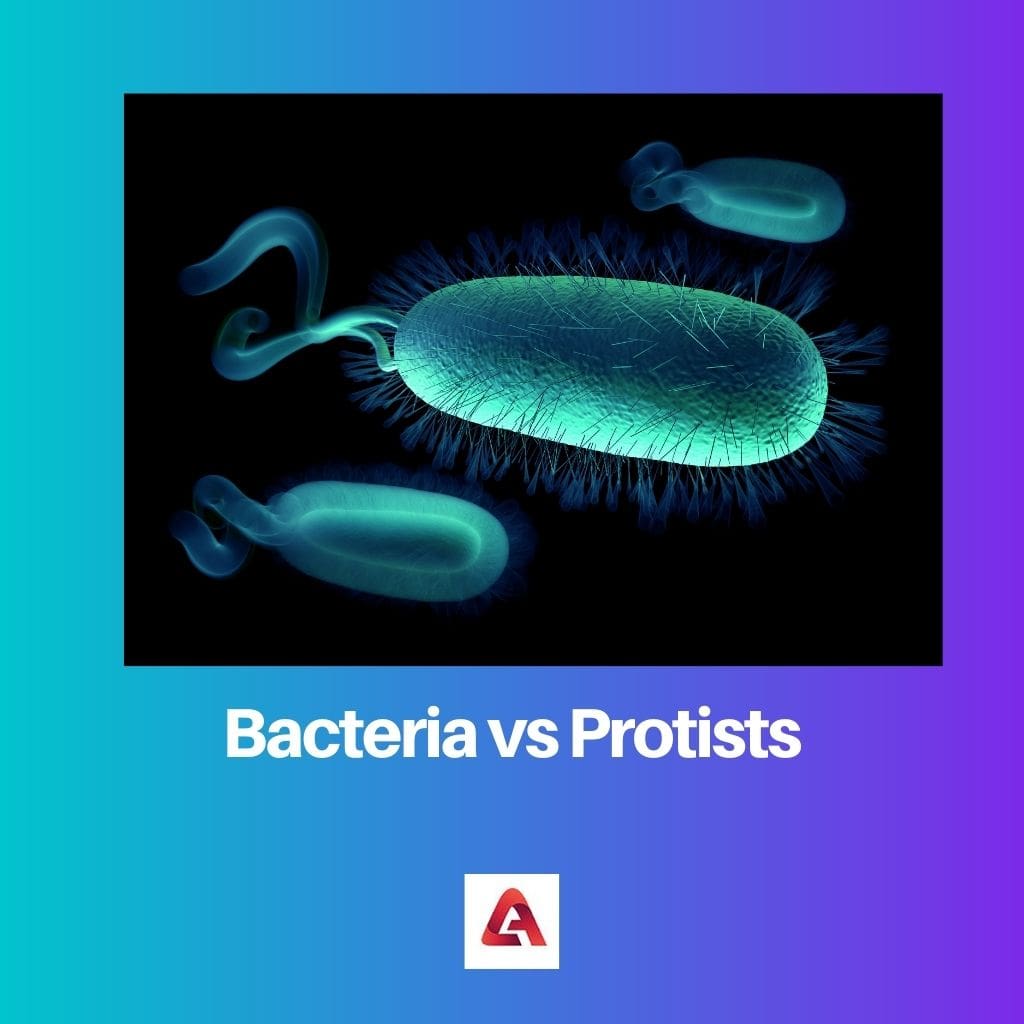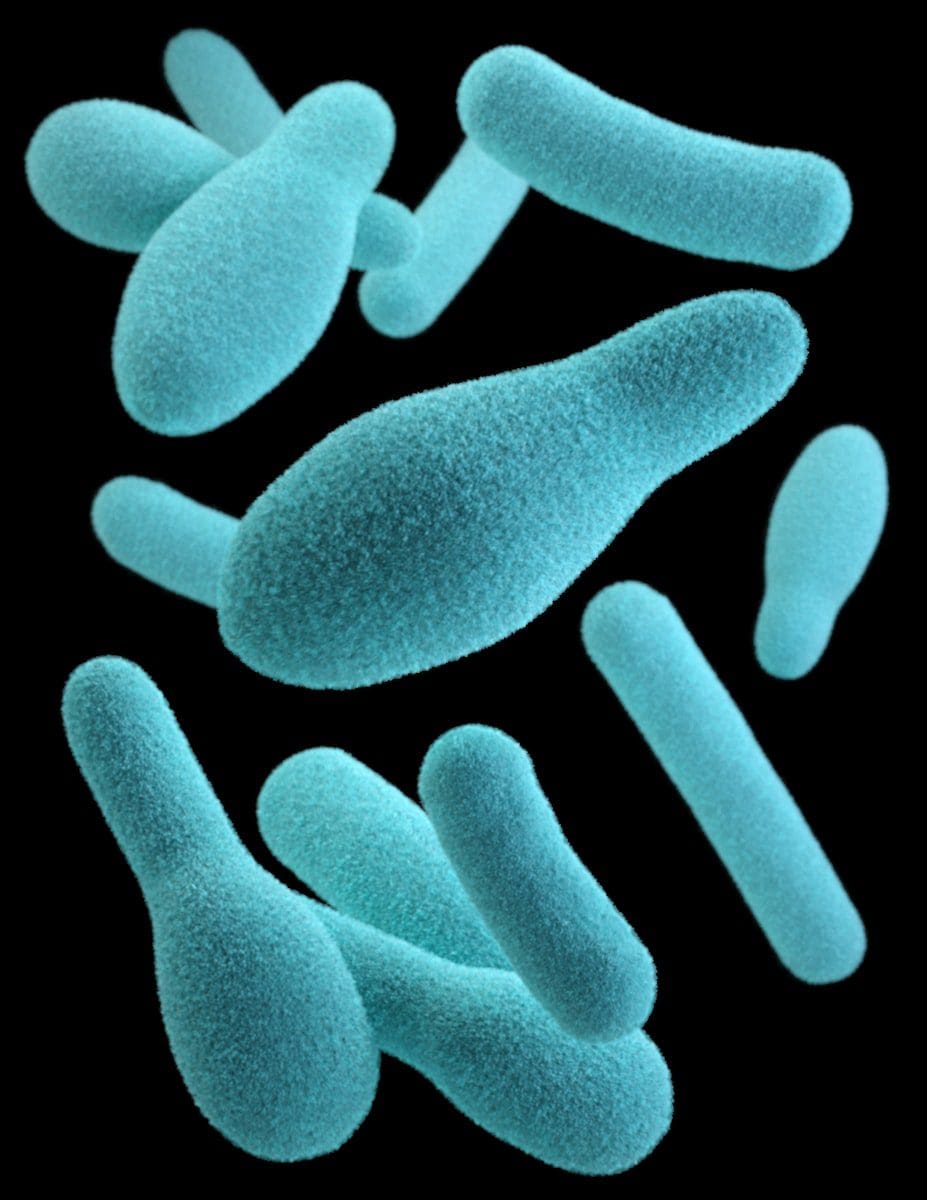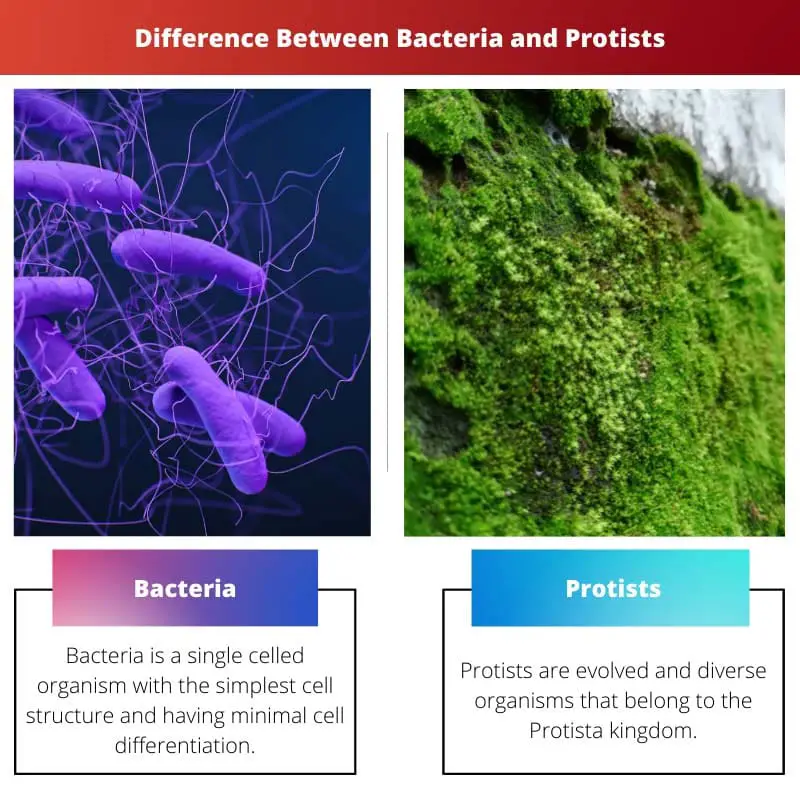The world comprises uncountable living organisms, some of which are similar, and some are different. It has bacteria, protists, fungi, protozoa, algae, euglena, viruses, etc.
Each of these belongs to different families and kingdoms. They have different characteristics and functions.
Bacteria and Protists are two organisms that are confused with one another. A bacteria is a single-celled organism belonging to the Monera kingdom; it is an important part of the environment.
Protists can be single-celled or multi-celled, belonging to the Protista kingdom; these organisms help supply oxygen.
Key Takeaways
- Bacteria are unicellular organisms without a nucleus, found in various environments; protists are a diverse group of mostly unicellular organisms, some with nuclei and some without, found in water and soil.
- Bacteria reproduce asexually through binary fission; protists have various reproductive strategies, including asexual and sexual reproduction.
- Bacteria play essential roles in nutrient cycling and various ecosystem processes; protists perform functions such as photosynthesis, decomposition, and symbiotic relationships.
Bacteria vs. Protists
Bacteria are mono celled, prokaryotic microorganisms found everywhere. They belong to the Kingdom Monera, having DNA placed in nucleoid, reproduce asexually. Protists are aquatic, single celled eukaryotic organisms of Kingdom Protista having genetic material inside a proper nucleus, reproducing sexually through cell fusion.

Comparison Table
| Parameter of Comparison | Bacteria | Protists |
|---|---|---|
| Classification of the organism | Bacteria is one of the oldest known organisms in the kingdom of Monera. | Protists are the genetically modified organisms that belong to the kingdom Protista. |
| Cell structure | Bacteria are organisms having a single cell with the simplest cell structure. They can have a spiral shape, rod shape, spherical, or chain-like structure. Bacteria lack a nucleus, mitochondria, chloroplasts, and organelles. | Protists can either be single-celled or multiple-called. They contain a nucleus surrounded by a nuclear membrane. |
| Nuclear membrane | A bacteria’s DNA or genetic material is not surrounded by a protective membrane known as a nuclear membrane. Thus, they are termed prokaryotes. | The nuclear membrane surrounds the genetic material in protists along with chromosomes. Therefore, protists are classified as eukaryotes. |
| Mode of nutrition | In bacteria, the mode for getting nutrition can either be autotrophic or heterotrophic. | In protists, getting nutrition can be photosynthesis, heterotrophic, or both. |
| Habitation | Bacteria can be found in any environment. | Protists can only be found in a moist environment. |
What is Bacteria?
Bacteria is a single-celled organism with the simplest cell structure and minimal cell differentiation. It belongs to the Monera kingdom.
Its scientific name is also Bacteria. They are the earliest forms of life to have appeared on Earth.
The length of a bacteria can be up to some micrometers. Bacteria have a single-celled body and lack a nucleus, mitochondria, chloroplast, and other organelles.
However, they exist in various shapes, from spheres and spirals to rods, having different sizes. Their cell wall characterizes the shape of the bacteria.
The DNA or genetic material of a material lacks the nuclear membrane, and thus, they are classified as prokaryote. The mode of gaining nutrition in bacteria is either autotrophic or heterotrophic.
Bacteria can be found in any environment and surroundings. They play a vital role in the maintenance of the food cycle of the ecosystem by recycling nutrients.
Bacteria can either be good or bad for the human body. Good bacteria help carry various processes in the body, whereas bad bacteria may lead to various diseases.
Bacteria are used to prepare fermented foods like yogurt, cheese, vinegar, and wine.

What are Protists?
Protists are evolved and diverse organisms that belong to the Protista kingdom. They have either a single-celled body or a multiple-celled body.
Some of the protists have plant-like characteristics, some have fungus-like characteristics, and some have animal-like characteristics. Thus, it becomes difficult to classify them. They have higher cell differentiation.
Protists have mitochondria, chloroplasts, nuclei, and various other organelles. The nuclear membrane surrounds the genetic material of the protests, and thus, they are classified as Eukaryotes.
They gain essential nutrients through photosynthesis or heterotrophic. Protists are always found in a moist environment.
Protists also have an important role in the environment. They help supply oxygen, which is essential for all living beings.

Main Differences Between Bacteria and Protists
- Bacteria have a single cell; however, protests can be single-celled or multiple-celled.
- Bacteria belong to the kingdom Monera whereas Protists belong to the kingdom Protista.
- Bacteria is one of the oldest-known simplest organisms; conversely, Protists are modified and evolved complex organisms.
- Bacteria lack a nucleus, mitochondria, chloroplasts, and other organelles in protests.
- The DNA in protists is associated with the histone proteins, whereas it is not in bacteria.
- The genetic material of a bacteria is not surrounded by the protective membrane known as the nuclear membrane; on the other hand, the genetic material in protists is surrounded by the nuclear membrane.
- Due to the absence of a nuclear membrane, bacteria are classified as prokaryotes; on the other hand, protists are classified as eukaryotes because they contain a nuclear membrane.
- Nutrients can be gained via autotrophic or heterotrophic modes, whereas, in the case of protists, the modes could be photosynthesis, heterotrophic, or both in protists.
- Bacteria do not have a different compartment for transcription; on the contrary, protists have a different one for transcription and translation.
- Bacteria can habituate in any environment, whereas protists are only in the moist environment.
- Bacteria are both beneficial and harmful to the human body.
- Bacteria help maintain the ecosystem’s food chain by recycling nutrients; however, protests help supply oxygen.

- https://mmbr.asm.org/content/84/1/e00092-19.abstract
- https://www.koreascience.or.kr/article/JAKO200933063803168.page

I felt that the section on what bacteria and protists are could have been more detailed. It seemed a bit basic compared to the rest of the article.
I agree, some additional depth to that section would have been beneficial.
I think the level of detail was sufficient for an overview of the topic. It provided a good starting point for more in-depth research.
The article made an intriguing argument regarding the differences in the biological aspects of bacteria and protists. It was fascinating to read.
The comparison table was particularly useful in highlighting the distinctions.
I found the article’s tone quite comical, but the content was informative.
The scientific details provided here are very informative. It was great to see a breakdown of the differences between bacteria and protists.
Yes, the article effectively conveyed complex scientific concepts in a comprehensible manner.
I appreciated the in-depth analysis of the characteristics and functions of these organisms.
The article compellingly explains the importance of bacteria and protists and their functions in different environments. It was a good read.
The presentation of information was clear and well-organized.
Agreed. I liked how the key takeaways were articulated. They helped summarize the text.
The thorough explanations and contrasts provided in the article make it an excellent resource for understanding the distinctions between bacteria and protists.
I thought the article’s content was engaging and thought-provoking.
The presentation style was good, but I felt it lacked a more critical analysis of the implications of these differences on various aspects of life.
It’s understandable why you might feel that way. A deeper exploration of the real-world impact would have been interesting.
I didn’t find the comparison table very useful. It didn’t offer anything that wasn’t already discussed in the text.
I understand what you mean, but I found the table to be a good summary of the key points.
This article provided insightful information on two organisms which are mistaken for one another. It’s crucial to understand the roles they play in different ecosystems.
Absolutely, knowledge about their roles is essential for environmental and health studies.
This article explains the differences between bacteria and protists in great detail, which I appreciate. It was very informative and overall a good read.
I agree, I learned a lot of new information from this article as well.
I’m glad people are finding the information helpful. It’s important to understand the differences between these organisms.
The comparison of bacteria and protists detailed in this article is crucial for understanding the roles of these organisms in the ecosystem and their impact on human health.
Absolutely, the information provided here is vital and well-presented.